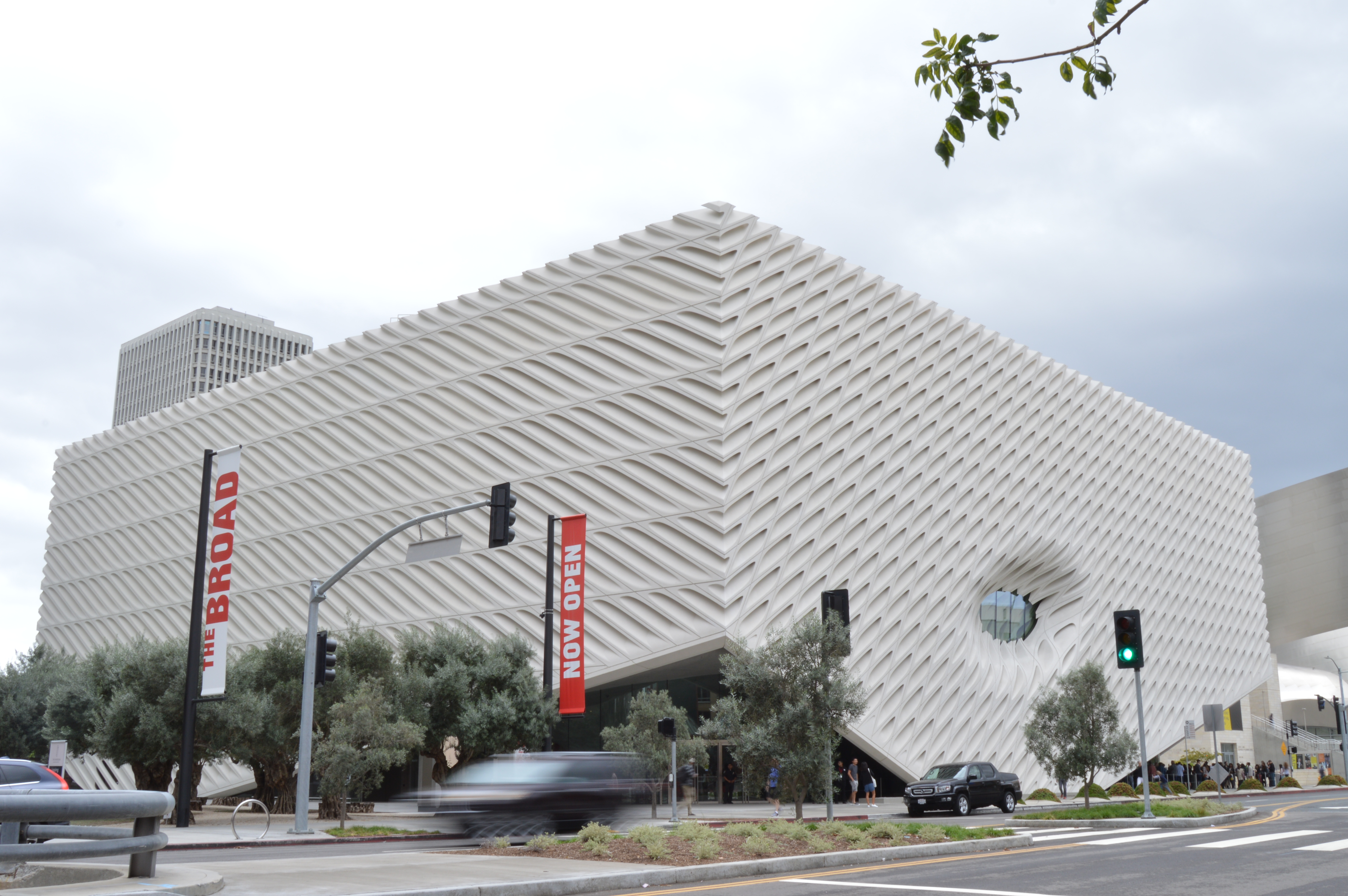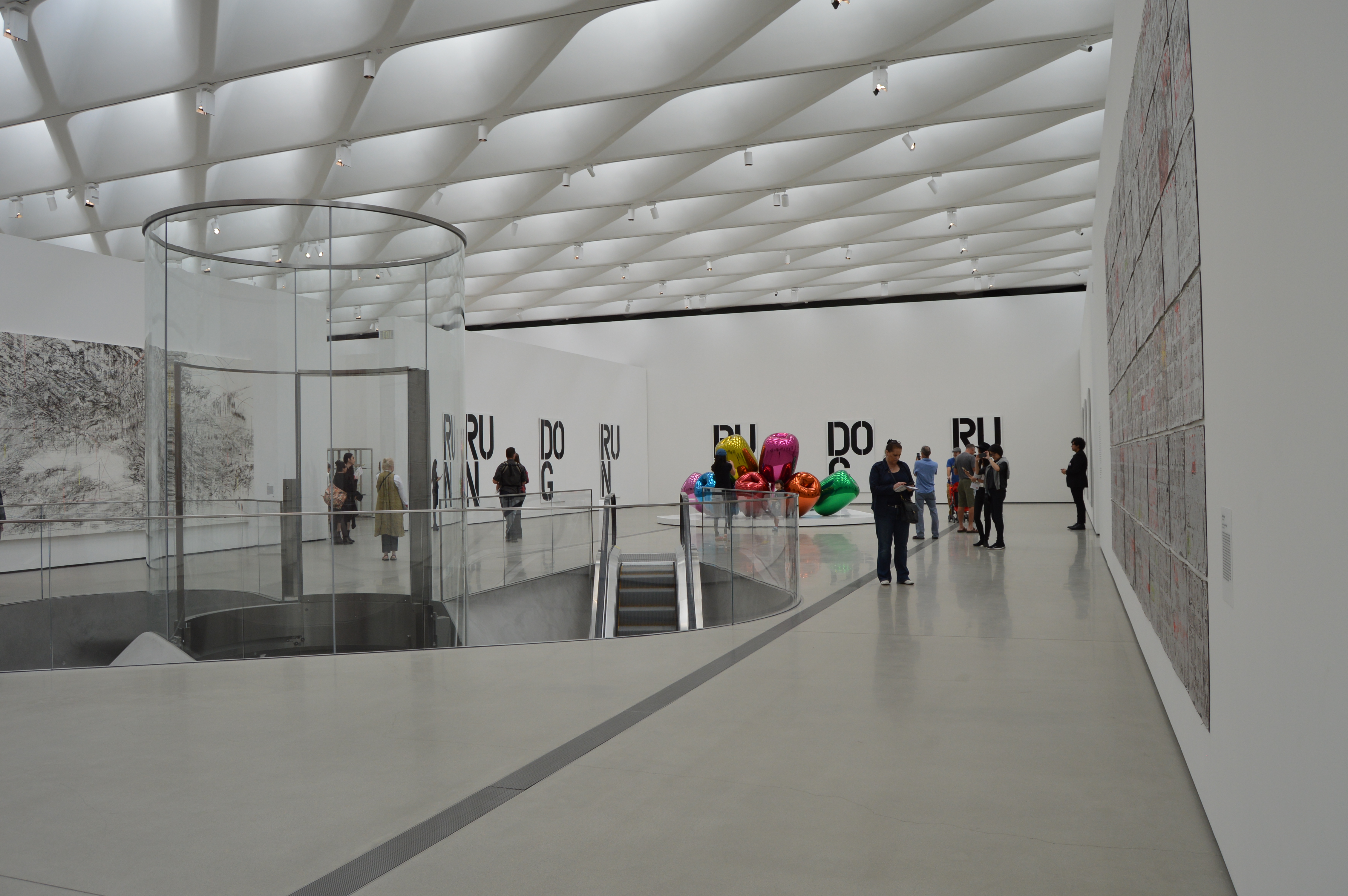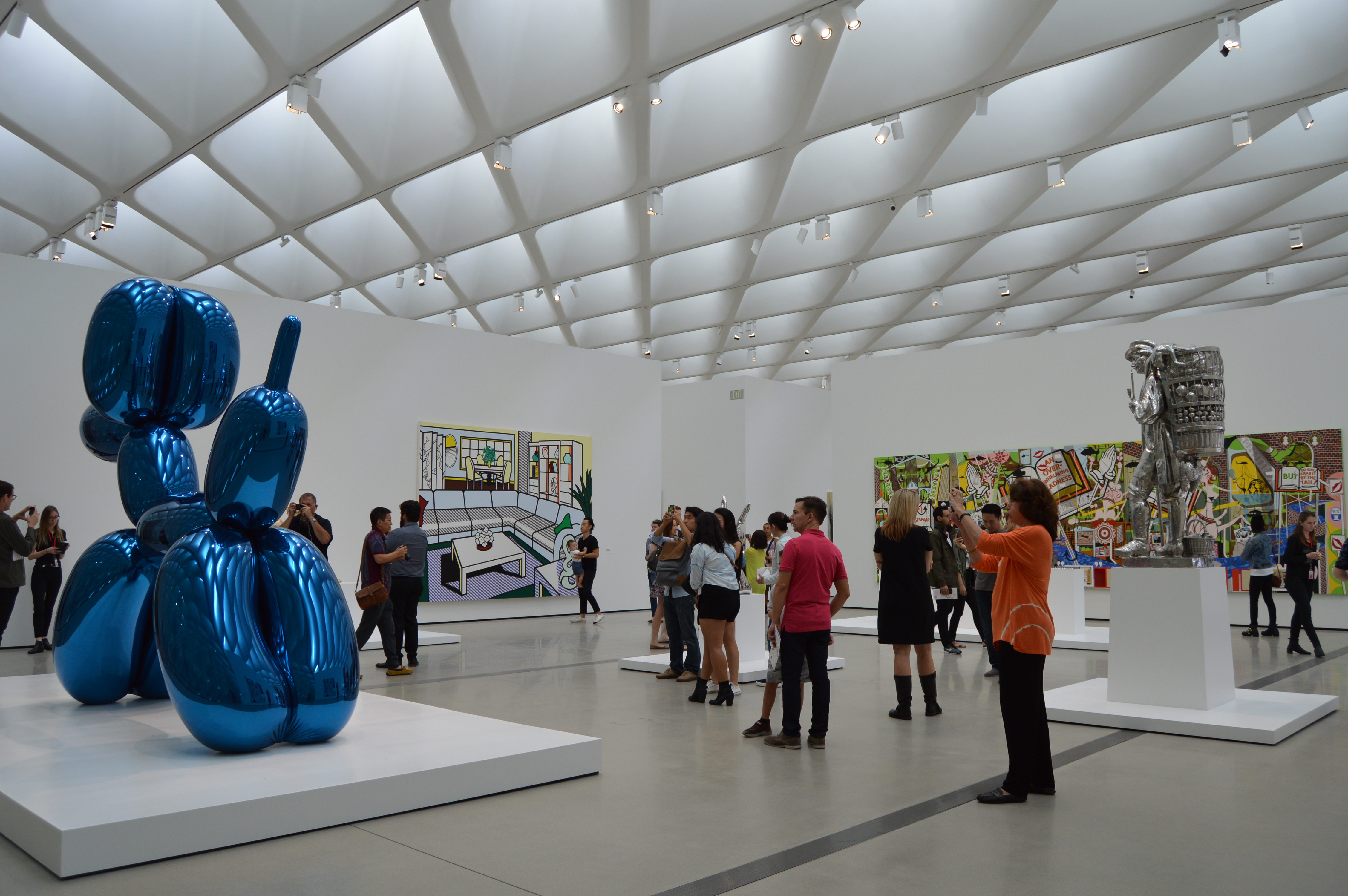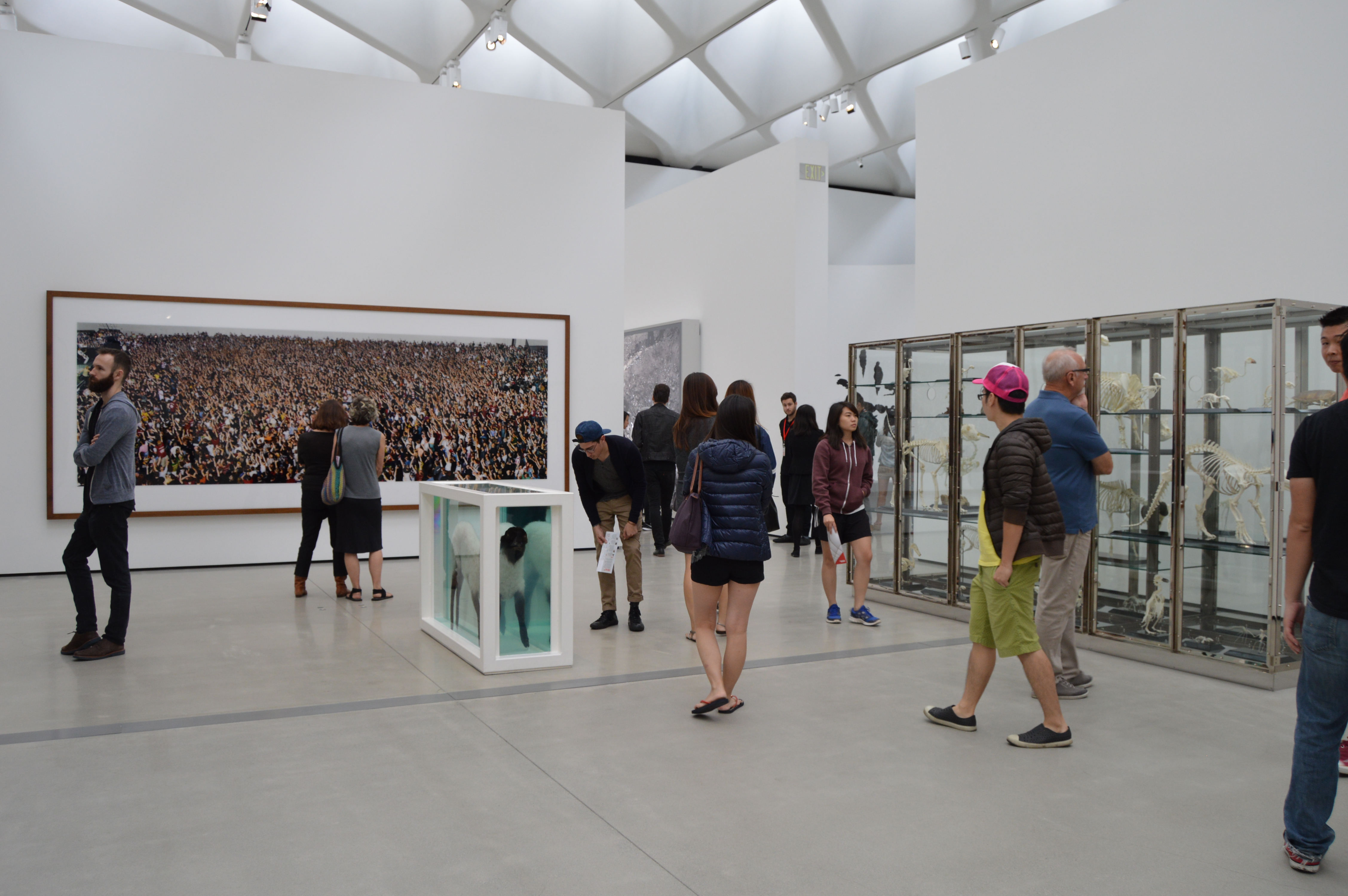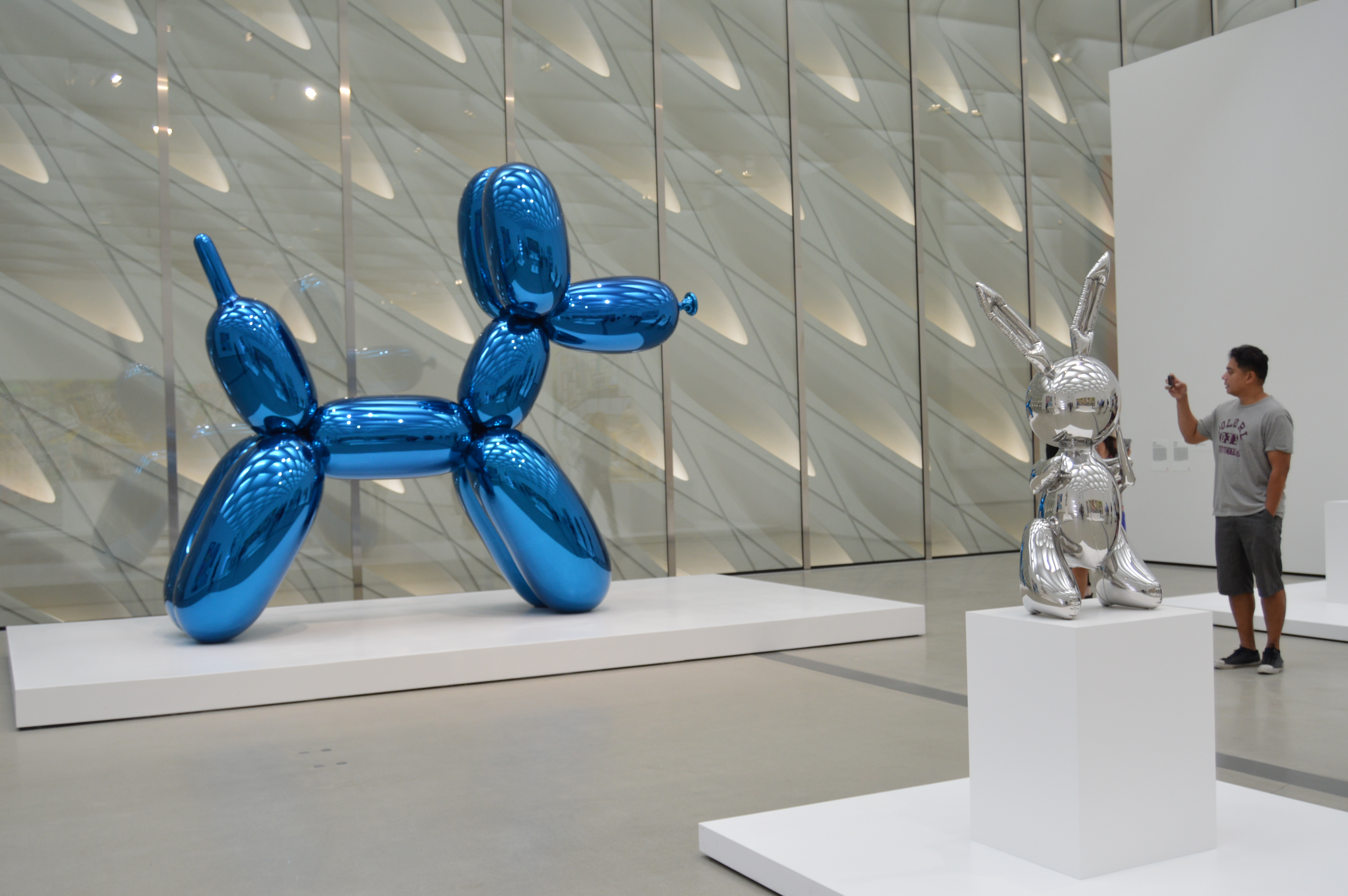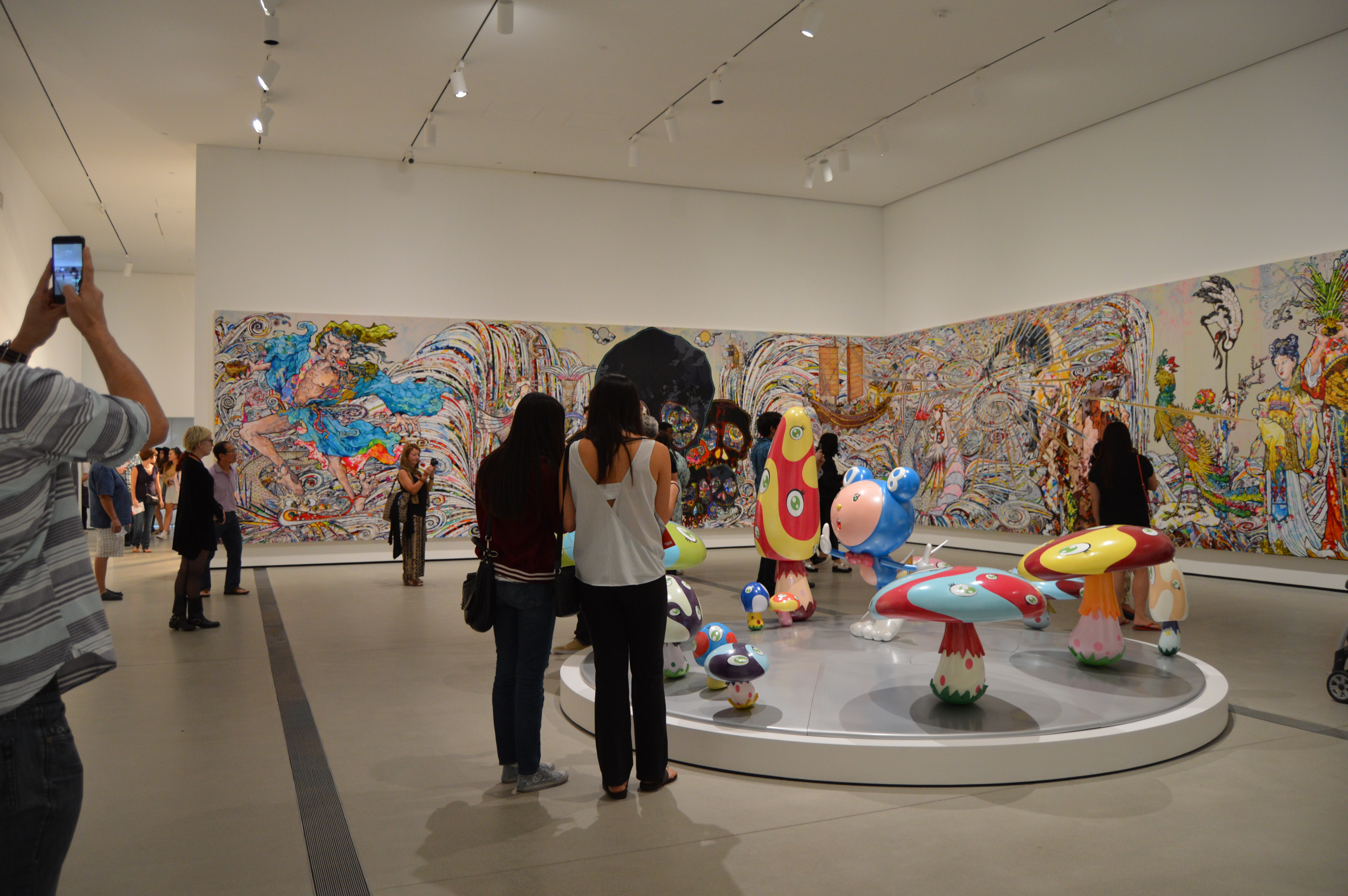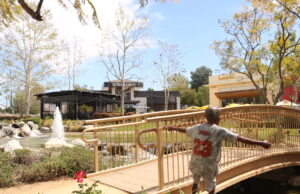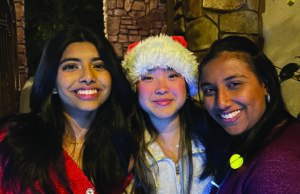New Kid on the Block: Broad Museum Review
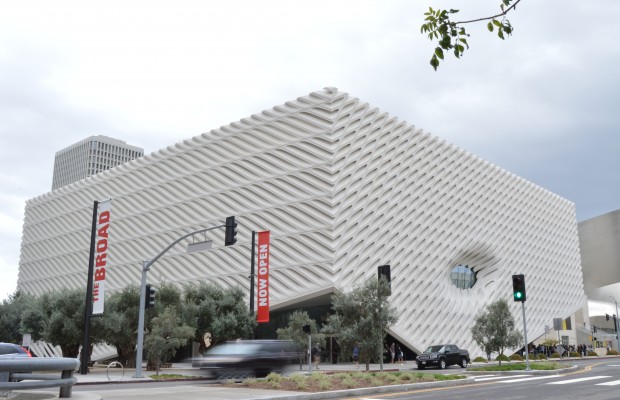
When we think of art in Los Angeles, two images come to mind: glitzy Hollywood movies and vibrant murals in hip districts like downtown, Santa Monica and Venice.
Lesser known even to locals is Grand Avenue in downtown Los Angeles: It’s L.A.’s heart of art and culture. With institutions including the Music Center, the Museum of Contemporary Art, and the Disney Concert Hall, people can enjoy plays like War Horse, operas like Carmen, ballets like the Nutcracker, Beethoven concerts, or contemporary art all within two blocks along Grand.
And as of Sept. 20, there’s a new kid on the block: the Broad Museum.
The Broad Museum was funded by philanthropists Eli Broad and wife Edythe to host the family’s collection of contemporary art, which includes around 2,000 pieces by major modern artists ranging from Andy Warhol to Keith Haring. The building took four years to construct and is a stout, white beehive block with over 2500 concrete panels and skylights. The building itself is a worthy art addition to the avenue and sits right next to the sweepingly silver Disney Concert Hall, adding a refreshing, futuristic contrast to the city streets. It’s a perfect backdrop for a few-hour escape into a quintessential collection of contemporary art.
The museum architecture is composed of two parts: an upper “veil” of white, diamond-patterned panels with a dimple at the front and a gray concrete base. This design not only adds aesthetic appeal to the exterior, but also provides a unique interior environment of patterned walls and ceilings that matches the abstract, imaginative theme of the art of the main gallery on the upper floor, creating an overall interconnected viewing experience. The filtered natural sunlight at once brightens and adds a serene zen to the third floor exhibition so that art pieces stand out, allowing the viewing public to be completely absorbed into the energized, awakening vibe of the museum. For example, the white airiness in the expansive upper main gallery is a perfect setting that emphasizes the magnanimity of colorful works such as Jeff Koons’s massive metallic balloon animals and flowers, which no other museum galleries have.
Unlike the white veil, the concrete bottom with its yawning, dullish yellow rooms lends the first floor gallery a more warehouse-like, industrial tone that doesn’t quite match the subjects of some of the art pieces, including Takashi Mirakami’s cartoonish landscapes and flower sculptures. However, the travel between the base’s lower gallery and the veil’s upper gallery certainly makes for a dream-like escapade: When going up on the escalator, it feels as if one is floating into Heaven through a thick mass of gray fog, and when going down by elevator, as if one is sinking into a pit of somber Hell.
Building aside, the art itself is surprisingly diverse and entertaining for the short period of the 1900s they represent. Sculptures, paintings, prints, mobile sculptures, and videos from different time periods are all on display, including the Pop Art of Roy Lichtenstein and street art of Jean-Michel Basquiat. Even without the audio guides from the Broad’s app, patrons can easily become digested in the semantics of all the pieces, especially the sculptures: Damien Hursts’s sheep in a tank of formaldehyde and Robert Thierren’s massive table are two examples of must-see enticers. The overall layout of the rooms in a circular, open path adds to the ease of ambulation, and while some rooms have too many pieces to be individually appreciated, most rooms are appropriately grouped by themes.
The Broad Museum brings to Los Angeles a unique museum experience that differs from the stuffiness and boredom of stereotypical art museums. Its modern, flashy art actually speaks to a general public that isn’t necessarily educated in art history. Admittance is free and tickets can be reserved online, but walk-ins without reservations are accepted too; the wait outside can be long (about an hour in the morning), but it’s worth it. A visit to the Broad can make anyone a loyal fan of this new addition to Grand Avenue.

